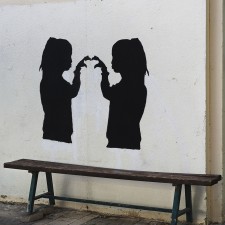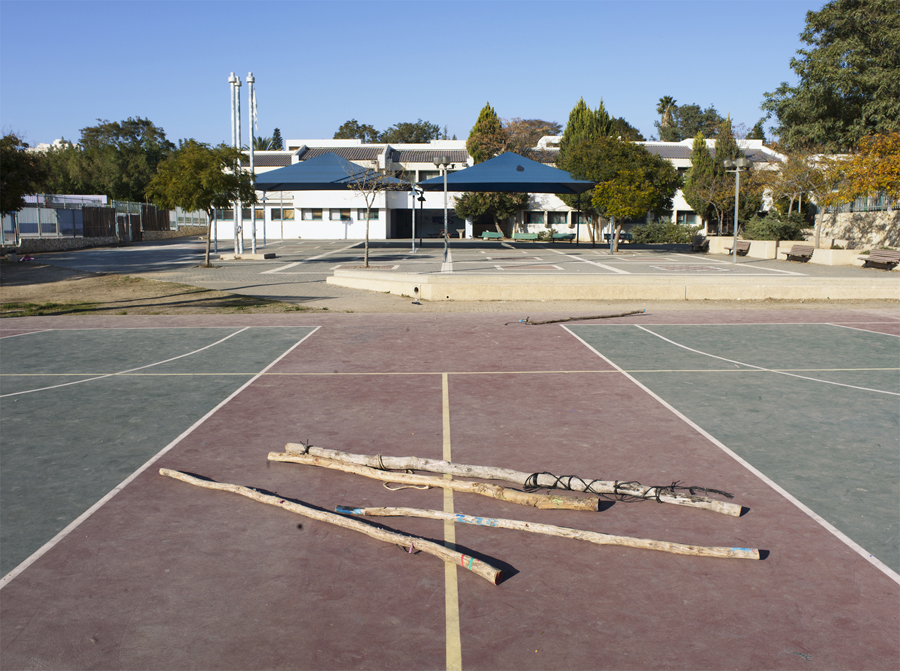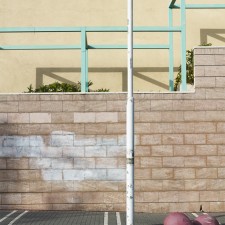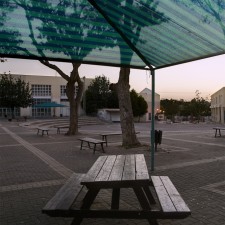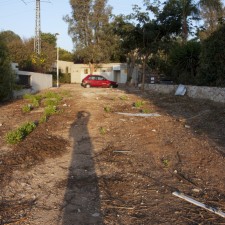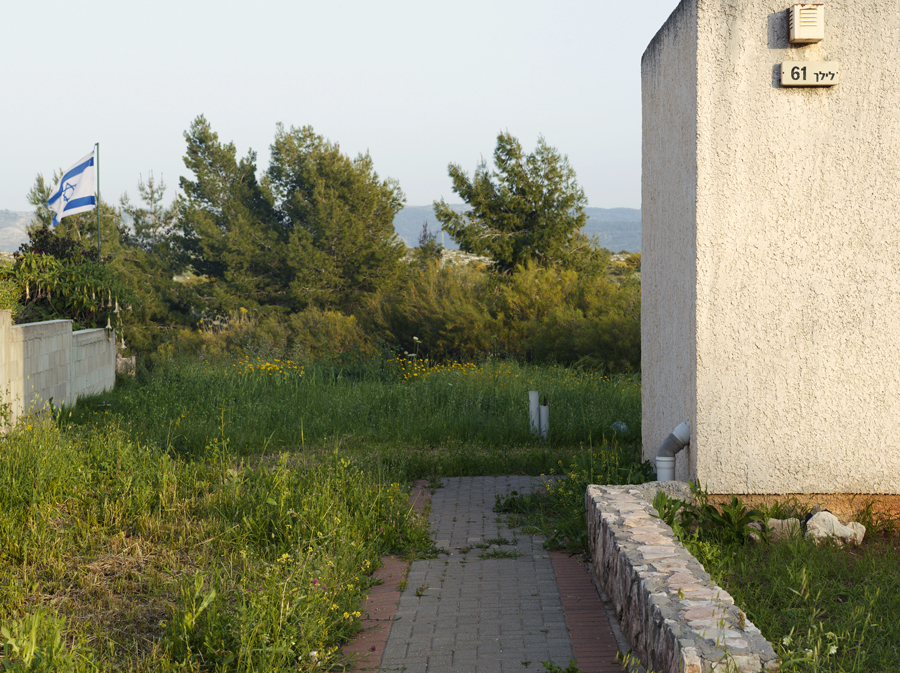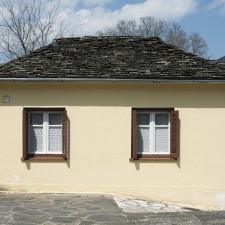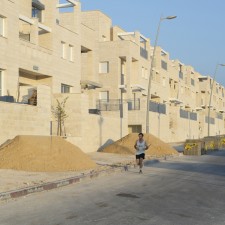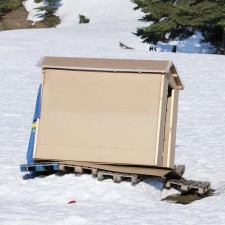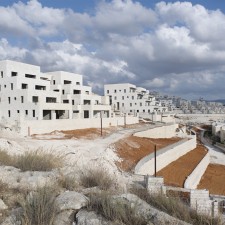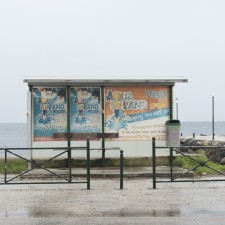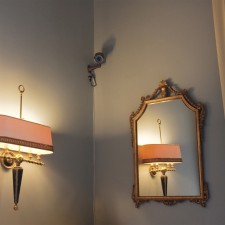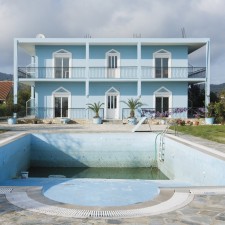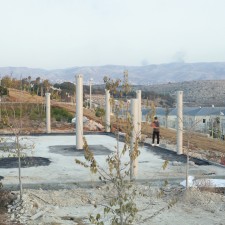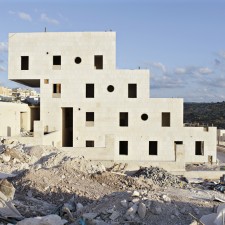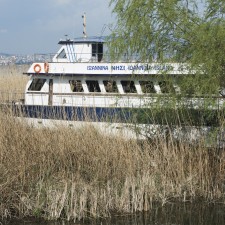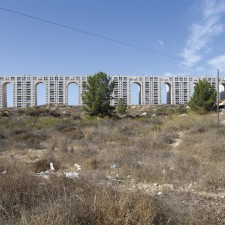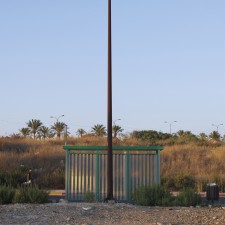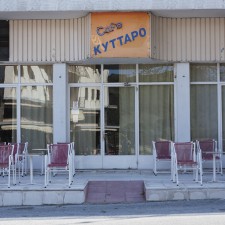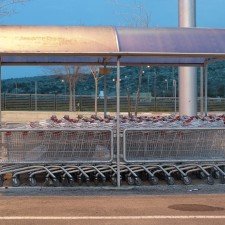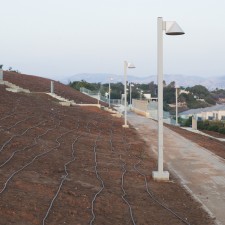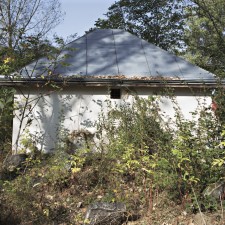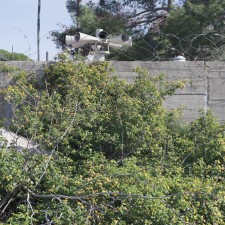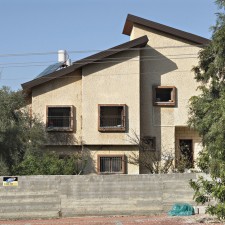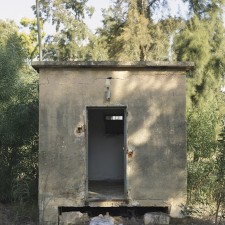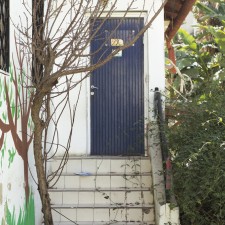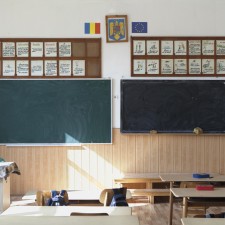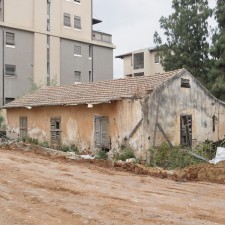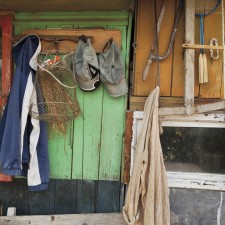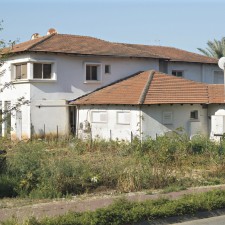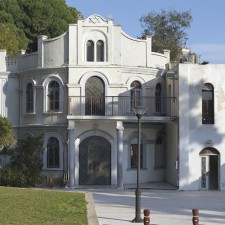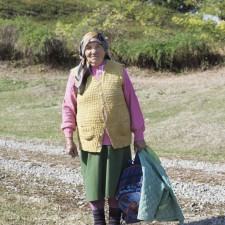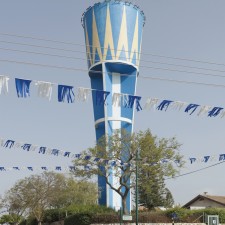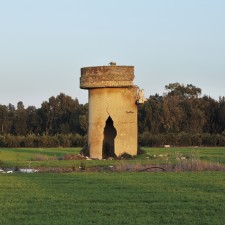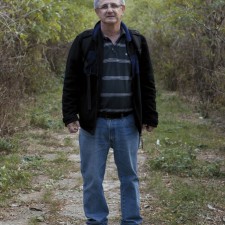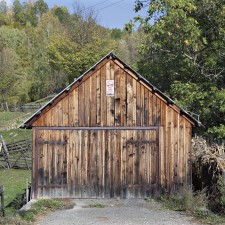I am a strong believer in the ability of documentary photography to serve not just as a tool which represents the functionality of one structure or another but also as a means of expressing social views and political stance.
My perspective offers the examination of urban architecture against the backdrop of social and political conflicts. According to this concept, the architectural design of the environment in which we live is not an act of innocent creativity which is detached from reality but an act affected by more complex processes and motives. By documenting the urban landscape I’m acting as a cultural critic of the society in which I live. Often the criticism is very subtle and implicit, but it can be understood from the story as a whole because the pictures serve both as document and subjective interpretation. [Official Website]
“Fear of a rapid and final disappearance combines with anxiety about the meaning of the present and uncertainty about the future to give even the most humble testimony, the most modest vestige, the potential dignity of the memorable.” (Pierre Nora)
My work consists of three books, each one deals with a different theme, but together as a whole they compose one body of work – a trilogy which I worked on for the past three years. In this project I photographed architecture and landscapes in certain locations that hold a very personal meaning to me, so the question of my subjectivity to the images might arise. Therefore, my goal was to create a body of work that serves as an expression of widespread processes far beyond my personal story. The names of the books are:
Reut(a)
This book deals with the present state of things. It is a close look at the town where I spent most of my youth. The name of the town is Reut (Hebrew for comradeship) and the uniqueness of it comes from the fact that its inhabitants are all Israeli armed forces personnel and their families. The town is considered to be rather new in the Israeli landscape – its construction was completed in 1990 and it was first populated in 1991. There were two populating stages in the early days of Reut. My family was one of those who moved in at the first stage, also known as Reut(a). My goal in this project was to document what I believe to be an aging suburb rather than a flourishing town, using the basics of architecture and urban landscape photography.
Stasis
This book deals with a future premonition of things to come. In 2012, I was on location in Greece, documenting what I believed to be the latent and unobserved symptoms of the current economic recession from which the country is suffering. Around the same time (2011-2012) I was also documenting the construction sites and neighborhoods of Modiin, a new modern Israeli city (its cornerstone was laid in 1993). The body of work which I created is a critical comparison in between the declining towns of nowadays Greece, and what seems to be the flourishing growth of Modiin. I view Modiin as a mirror to the Israeli society in which I live. I recognize a fake and a temporary growth in my country, as it is expressed in part in the architecture and in the urban landscape. This growth and prosperity satisfies only the immediate needs of the Israeli citizens.What we have become is a society in which the sooner and the more aesthetically is considered the better, without thinking of the long term implications. The way I see it, crisis awaits us around the corner and this is the message I try to convey.
Sites of Memory
This book deals with the past. My father was born in the small village of Bucecea. It is located in Moldavia, a region in the northeastern part of Romania. In 1964, when he was just 12 years old, my father’s family migrated to Israel. My mother spent her childhood years in the village of Kfar Truman (also known as Truman Village). This village is located in central Israel, 15 km from the city of Tel Aviv. Ness Ziona is a growing city in central Israel, but back in the 80s it was just a small town where I spent most of my childhood days. Out of self desperation from the complicated present days and uncertainty of what the future holds, I decided to return to my family’s roots. I was eager to find out what has become of the childhood landscapes that we still long for so much after all those years. I can honestly say that going back to those places truly felt like I was finally returning home from a very long journey.







